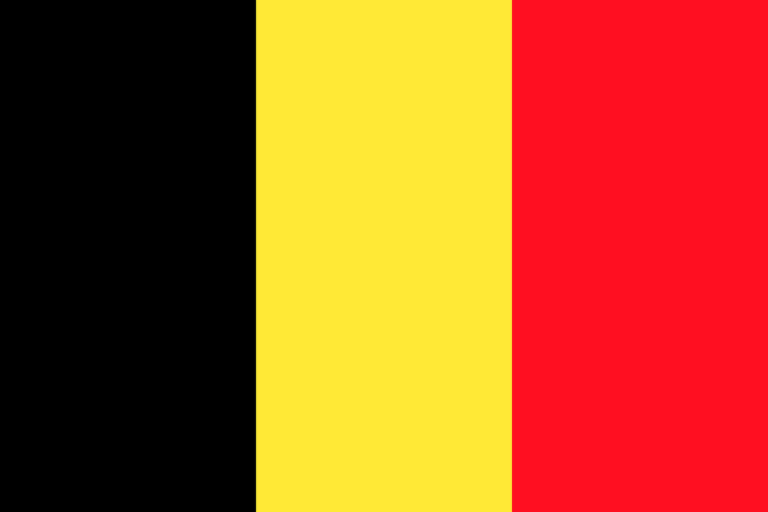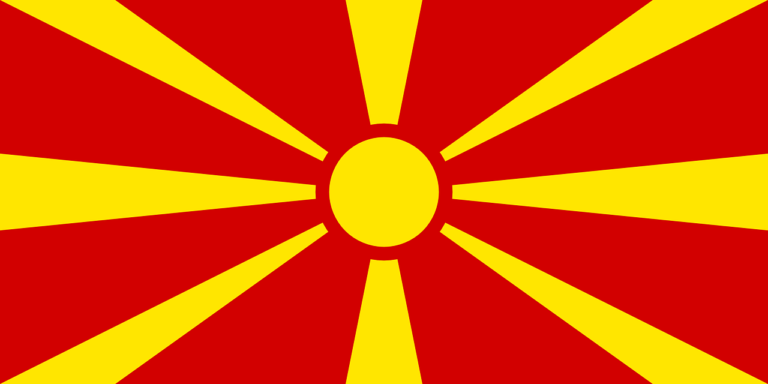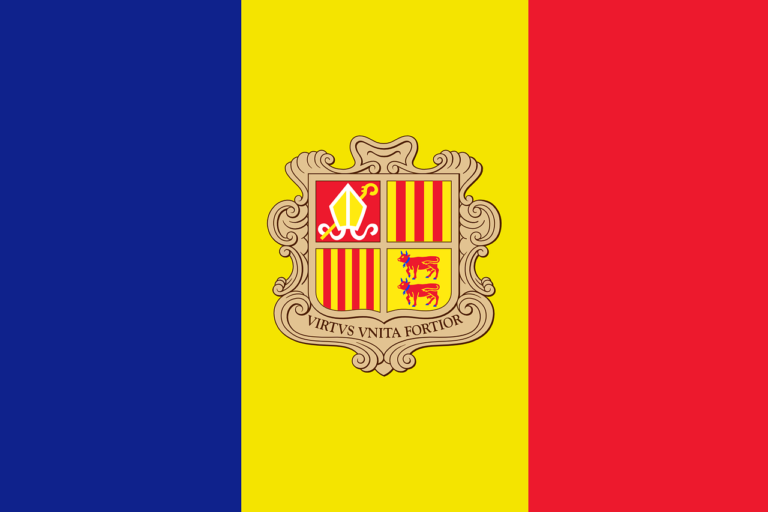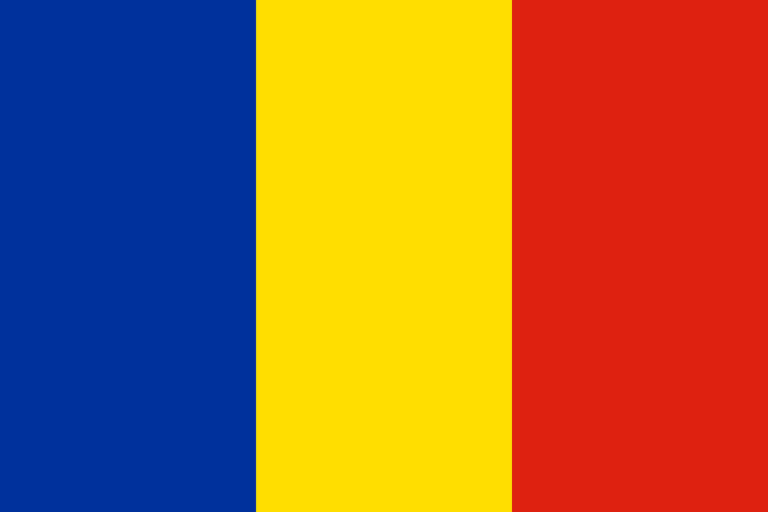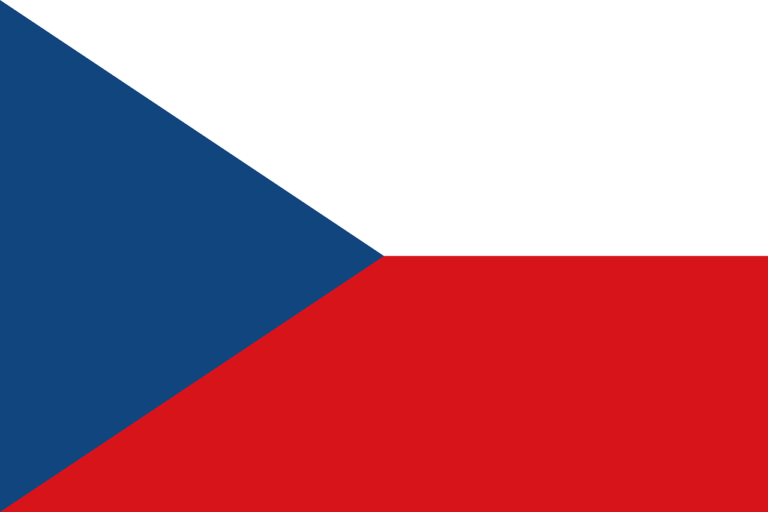Flags have the power to encapsulate a nation’s history, values, and aspirations. The national flag of Slovakia, with its distinctive tricolor design of white, blue, and red, proudly represents the country’s rich cultural heritage, unity, and the resilience of its people. In this blog post, we will delve into the captivating story behind the Slovakia national flag, exploring its origins, symbolism, historical significance, and its enduring importance in contemporary Slovak society.
Origins and Evolution:
The Slovakia national flag, known as the “Flag of Slovakia” or “Vlajka Slovenska,” features three horizontal stripes of white, blue, and red. The flag’s design draws inspiration from the Pan-Slavic colors and the historical flag of Czechoslovakia. It was officially adopted as the national flag of Slovakia on September 1, 1992, following the peaceful dissolution of Czechoslovakia and the establishment of the independent Slovak Republic.
Symbolism and Meaning:
The colors and design of the Slovakia national flag carry profound symbolism. The white stripe symbolizes purity, peace, and the values of the Slovak people. The blue stripe represents the nation’s commitment to liberty, trust, and the importance of faith. The red stripe signifies courage, strength, and the determination to defend Slovakia’s sovereignty. Together, these elements reflect the core values of Slovakia, symbolizing unity, history, and cultural heritage.
Historical Significance:
The Slovakia national flag holds significant historical importance, representing the nation’s journey to independence and self-determination. It emerged as a symbol of national identity during the Velvet Revolution in 1989 when Slovaks peacefully demanded democracy and freedom from communist rule. The adoption of the flag in 1992 marked a pivotal moment in Slovak history, signifying the country’s emergence as an independent nation and its commitment to democratic principles.
Contemporary Importance and National Identity:
In modern-day Slovakia, the national flag holds great importance and is prominently displayed throughout the country. It can be seen adorning public buildings, private residences, and during national celebrations, cultural events, and sporting competitions. The flag serves as a unifying symbol of Slovak pride, national identity, and cultural heritage, fostering a sense of belonging and solidarity among the Slovak people. It represents the values of freedom, democracy, and the rich historical legacy of Slovakia.
The Slovakia national flag plays a vital role in shaping the national identity of the country. It serves as a visual representation of Slovak history, unity, and the resilience of its people. The flag embodies the spirit of independence, innovation, and the Slovak cultural heritage, reminding Slovaks of their shared roots and the progress they have made as a nation. It unites Slovaks across different regions, generations, and backgrounds, symbolizing their common aspirations and commitment to a prosperous future.
International Recognition and Influence:
The Slovakia national flag is recognized worldwide as a symbol of Slovak culture, heritage, and the country’s contributions to the global community. It proudly represents Slovakia at international events, diplomatic missions, and on ships sailing under the Slovak flag. The flag’s design has also influenced various fields, including art, design, and fashion, reflecting its enduring appeal and recognition on the international stage.
The Slovakia national flag, with its distinctive tricolor design of white, blue, and red, stands as a proud emblem of unity, history, and cultural heritage for the Slovak people. It represents their journey to independence, their rich cultural legacy, and their determination to uphold democratic principles. The flag instills a sense of national pride, identity, and unity among Slovaks, transcending regional differences and symbolizing Slovakia’s esteemed place in the world. As Slovakia continues to shape its future, the national flag will remain a cherished symbol, representing the Slovak people’s enduring values and their commitment to freedom, democracy, and cultural preservation.

